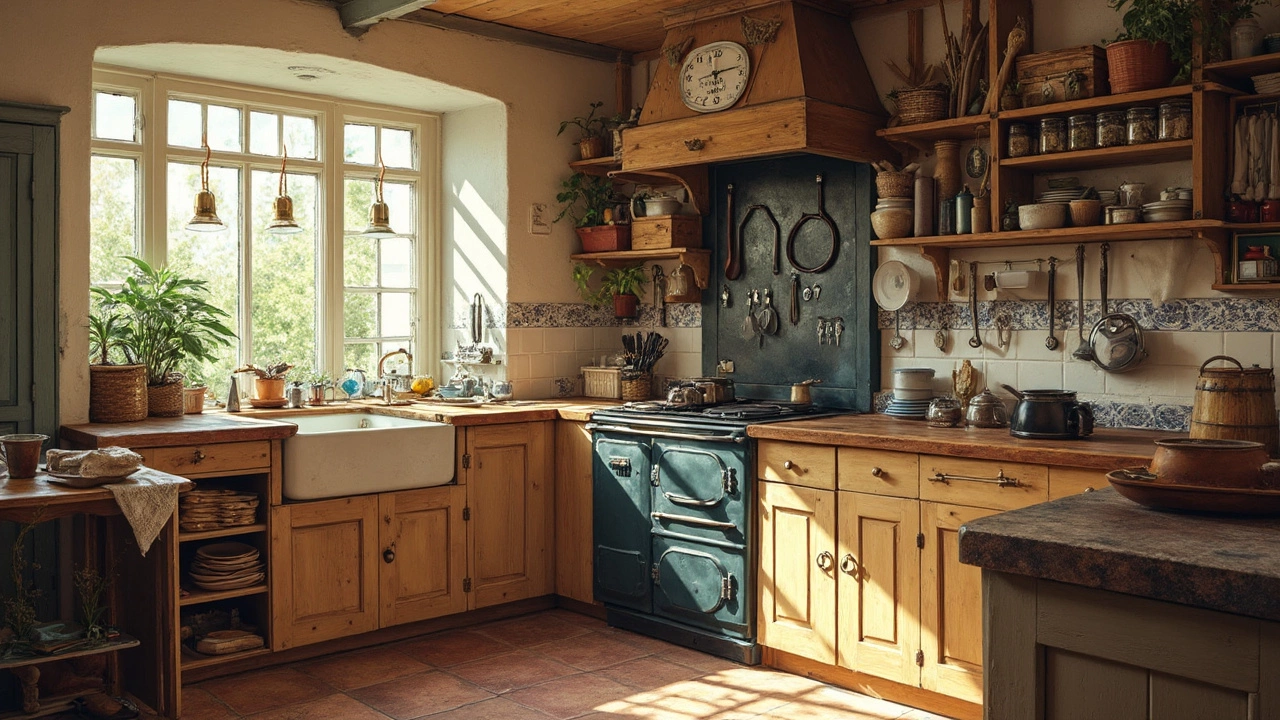Kitchen Utensils: Your Essential Guide to Cooking Tools
If you’re setting up a new kitchen or just looking to upgrade, the right kitchen utensils can make everyday cooking feel effortless. From spatulas that glide under pancakes to sturdy ladles for soups, each tool has a purpose. This guide walks you through picking, using, and caring for the basics so you can cook with confidence.
How to Choose the Right Kitchen Utensils
Start by matching the utensil to the job. A metal spatula works great for searing steak, but a silicone one is gentler on non‑stick pans. When you’re deciding between cast iron and stainless steel cookware, think about heat retention versus quick temperature changes – cast iron holds heat longer, while stainless steel heats up fast.
If you love Asian dishes, a Japanese tamagoyaki pan (often called a Japanese pan) is a must. Its rectangular shape helps you roll perfect omelets and makes sushi rolls easier. For everyday frying, a non‑stick Teflon pan can be handy, but check the production date – many manufacturers stopped using older Teflon formulas after safety concerns rose.
Don’t overlook smaller accessories. A good set of kitchen tongs, a sturdy whisk, and a couple of measuring spoons cover most recipes. Look for ergonomic handles that feel comfortable in your hand; you’ll use them repeatedly, and comfort matters.
Budget plays a role, too. You don’t need to splurge on every item. Invest in a few high‑quality pieces that will last (think a solid stainless‑steel ladle) and fill the gaps with affordable options. Remember, the best utensil is the one that fits your cooking style, not the most expensive one on the shelf.
Caring for and Maintaining Your Utensils
Proper care extends the life of your tools. Metal utensils can rust if left wet, so dry them right after washing. Silicone and plastic tools are dishwasher safe, but avoid high heat that could melt them.
Seasoning cast iron is crucial. Rub a thin layer of oil on the surface after each use and heat it gently. This builds a natural non‑stick coating and prevents rust. For stainless steel, a quick soak in warm, soapy water removes food residue, and a soft scrub pad keeps the shine without scratching.
If you own non‑stick pans, avoid metal spatulas that can scratch the coating. Use wood, silicone, or nylon instead. Also, refrain from cooking on high heat – non‑stick surfaces can break down when overheated.
Store utensils where they’re easy to reach. A utensil drawer organiser keeps handles upright and prevents them from banging together. Hanging a few often‑used tools on a wall rack frees up drawer space and adds a kitchen‑studio vibe.
Finally, inspect your tools regularly. Replace loose handles, warped spatulas, or cracked silicone grips. A small investment in a new utensil now can save you from a kitchen mishap later.
With these tips, you’ll have a reliable set of kitchen utensils that match your cooking habits, stay in good shape, and help you whip up tasty meals without frustration. Happy cooking!
Kitchen utensils are indispensable in any cooking space, but did you know they can be grouped into five main categories? Whether you're stirring a soup or baking bread, having the right tools can make all the difference. From basic necessities to specialized gadgets, understanding these categories helps anyone from a kitchen novice to a seasoned chef streamline their culinary tasks. Learn about these vital tools and discover some handy tips to optimize their use.
Mar, 29 2025
